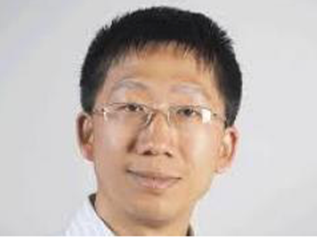Demonstrating Spontaneous Quantum Error Correction
A central challenge of powerful quantum computing is the ability to build universal quantum computers from fragile quantum components. Quantum error correction (QEC) is used in quantum computing to protect quantum information from errors due to the interference of noise.
Published by the journal Nature, research co-authored by University of Massachusetts Amherst physicist Chen Wang, graduate students Jeffrey Gertler and Shruti Shirol, and postdoctoral researcher Juliang Li leans towards building a fault-tolerant quantum computer featuring a novel type of QEC where quantum errors are spontaneously corrected.
As qubits are intrinsically fragile, the most outstanding challenge of building powerful quantum computers is the efficient implementation of quantum error correction. Existing demonstrations of QEC are active, requiring periodic checking for errors and immediately fixing them.
In comparison, the researchers achieve passive QEC by tailoring the friction (or dissipation) experienced by the qubit. Friction is commonly considered the nemesis of quantum coherence. The dissipation must be designed specifically in a quantum manner. This general strategy has been known in theory for about two decades, but a practical way to obtain such dissipation and put it in use for QEC has been elusive, until now.

